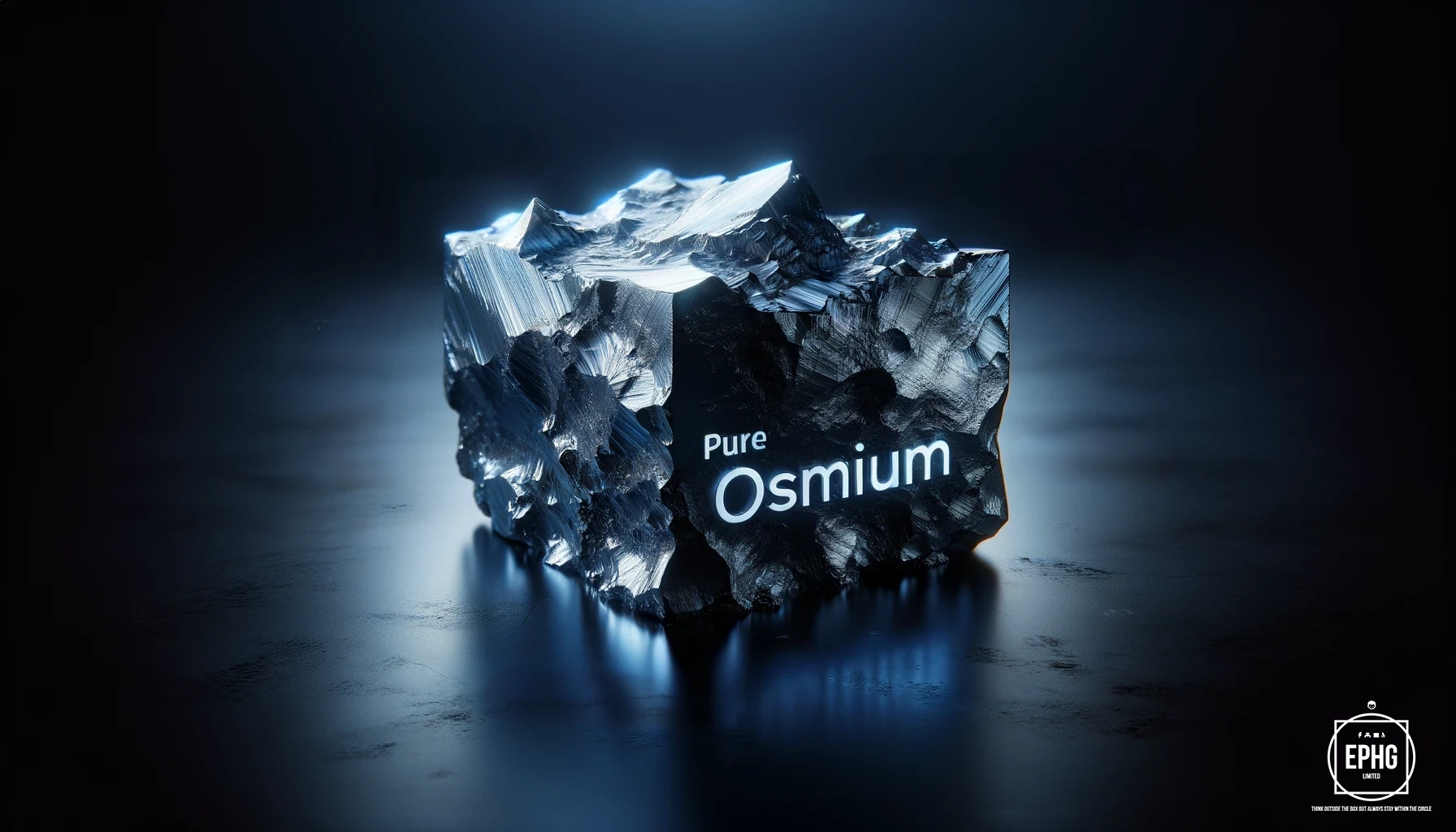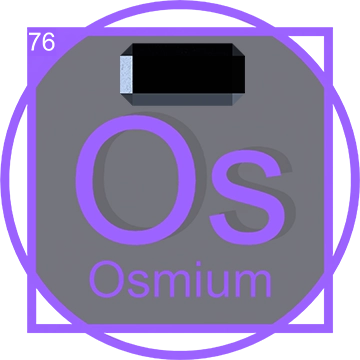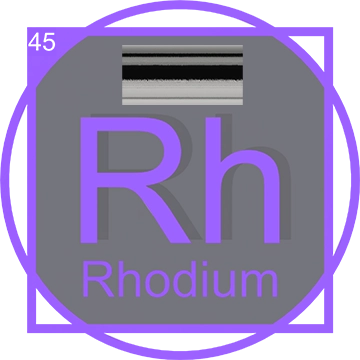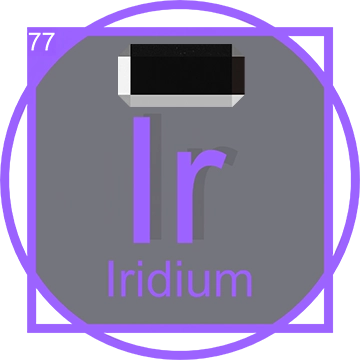The Fascinating World of Osmium (Os)
Discover the intriguing aspects of Osmium, the densest naturally occurring element in the periodic table.
Introduction to Osmium
Osmium, symbolized as Os, is a rare and remarkable element known for its extreme density and hardness. This metal is part of the platinum group and holds significant value in both scientific research and industrial applications. Its unique characteristics and scarcity make it a fascinating subject of study in the field of materials science and chemistry.
Discovery of Osmium

Osmium was discovered in 1803 by the English chemist Smithson Tennant in London. Tennant, who was analyzing the residue left when crude platinum was dissolved by aqua regia (a mixture of nitric and hydrochloric acid), identified two new elements, osmium and iridium, describing osmium as having an odor similar to that of chlorine.
Osmium in the Periodic Table
Osmium is positioned in the periodic table among the transition metals, in the platinum group. It is the eighth and last group of the transition metals, which also includes elements like iron, copper, and silver. Osmium's placement in the table can be explored in greater detail on our interactive periodic table.
Physical and Chemical Properties of Pure Osmium

Pure Osmium is the densest naturally occurring element, with an impressive density of approximately 22.59 g/cm³. This remarkable density makes it extremely valuable in applications that demand materials with exceptional durability and substantial weight. Additionally, pure osmium boasts a very high melting point and substantial hardness, making it resilient under extreme conditions. Chemically, osmium is predominantly inert, which prevents it from reacting easily with other elements. However, it does form osmium tetroxide, a compound that is highly volatile and extremely toxic, requiring careful handling in industrial and laboratory settings.
Applications of Osmium in Science

Scientifically, osmium's extraordinary hardness and high density make it indispensable in several high-tech applications. It is frequently used in the manufacture of fountain pen nibs, which benefit from its wear-resistant properties, and in electrical contacts, where its durability ensures long-lasting performance. Additionally, osmium finds application in precision devices and instruments where robustness is crucial. Beyond its industrial uses, osmium isotopes play a critical role in scientific research. They are utilized for dating geological samples and tracing geochemical processes, providing valuable insights into the earth’s history and the movement of elements through its crust.
Applications of Osmium in Technology

In the realm of technology, osmium plays an indispensable role. Its exceptional resistance to wear and corrosion makes it ideal for use in high-precision devices such as compass needles and sensitive measuring instruments. The metal's robust nature ensures reliability in environments where precision is paramount. Furthermore, osmium is a key component in various specialized alloys that are critical for the aerospace industry, particularly in spacecraft construction and advanced engine components. These applications highlight osmium's significant contributions to state-of-the-art technological advancements and its value in pushing the boundaries of engineering and technology.
Health and Environmental Impact of Osmium
While osmium has many industrial and scientific uses, it is important to handle it with care due to its toxic properties. Osmium tetroxide, in particular, is highly toxic and volatile, posing risks to health and the environment. Safe handling practices and proper disposal methods are crucial to minimize any adverse effects.
How Osmium Is Produced
Osmium is primarily obtained as a by-product of nickel and copper mining. The production process involves extracting osmium from the ores where it is found, typically in the form of osmium tetroxide. The tetroxide is then reduced using hydrogen or other agents to produce pure osmium.
Sources and Associated Resources of Osmium

Osmium is not mined directly but is extracted from platinum or nickel ores. Major mining locations include South Africa, Russia, and Canada, where large deposits of platinum-group metals are found. Commonly found alongside osmium are other elements such as ruthenium, rhodium, platinum, palladium and iridium. These elements often occur together in the same mineral deposits.
One of the mining areas that could be found for Osmium is the Umtebekwe River in the Shurugwi District, Midlands of Zimbabwe.
Modern Applications of Osmium
Today, osmium is used in a variety of applications. Its extreme hardness and durability make it ideal for tips of fountain pens, electrical contacts, and in pivots and bearings of instruments. Osmium is also used in the chemical industry as a catalyst for certain reactions. Additionally, because of its unique luster, osmium is occasionally used in jewelry, typically in alloys to improve hardness and resistance to wear.
Future Potential of Osmium

Looking forward, the unique properties of osmium could open up new possibilities in various fields. In medicine, osmium isotopes have potential for use in cancer treatment as radiation therapy sources. Advances in nanotechnology might leverage osmium's durability and density for creating highly efficient, miniature devices. In aerospace, osmium could be used in components that must withstand extreme environmental conditions, such as high temperatures and corrosive atmospheres.














